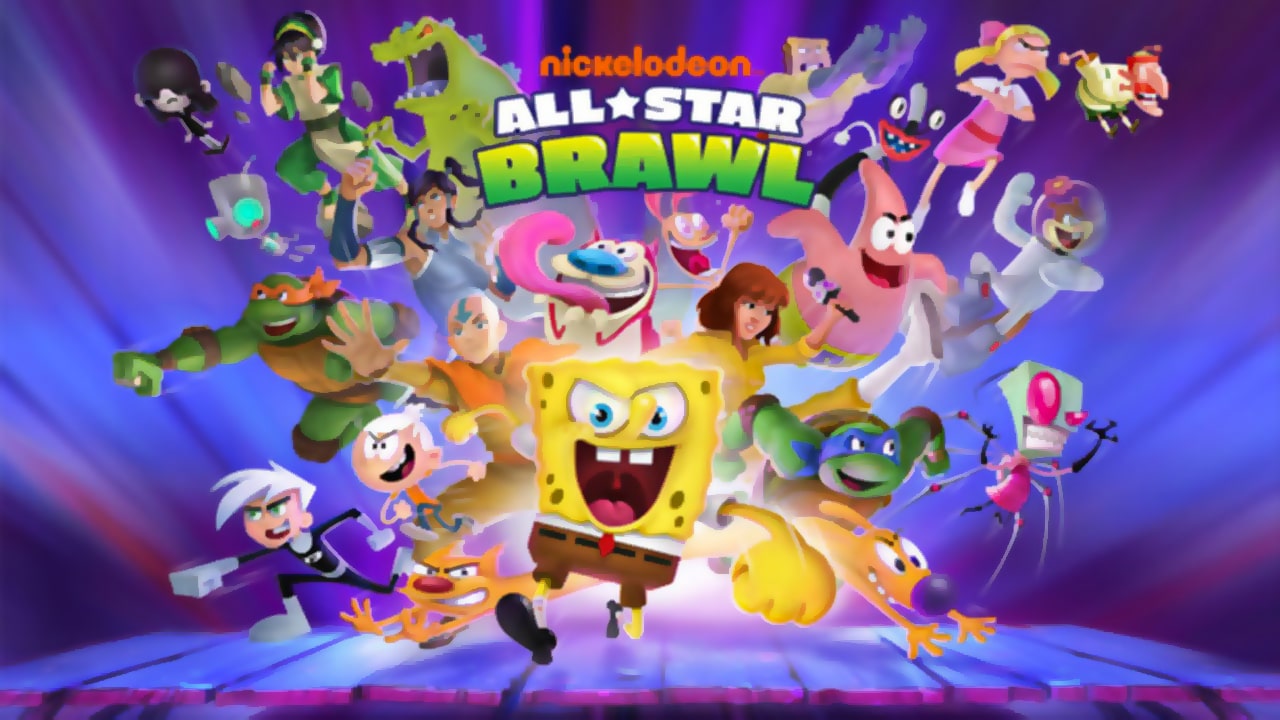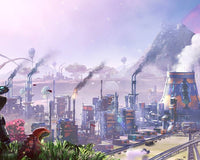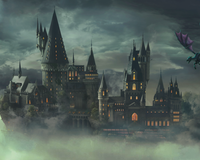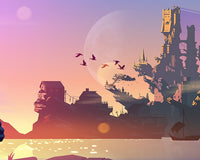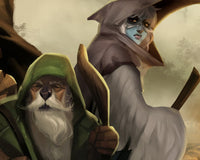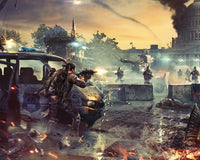Although there aren't many "platform fighters" games, there is a reason. The sub-genre is dominated by Super Smash Bros. There are many games that try to add their own twist on Smash's format, but they don’t have the same reach and appeal as Nintendo’s iconic brawler. Nickelodeon All-Star Brawl is a nostalgic game that clearly models itself after Smash. From the controls and stage layouts to the interface, to how it is constructed, to the interface design, there are many elements that cater to Smash's competitive sub-community.
Gameplay is straightforward. A group of Nickelodeon characters from the early '90s Nicktoons era up to today are trying to get each other off various themed levels. You do this in the same way you do in Smash Bros., smacking around your enemy to increase their damage percentage and launchability before hitting them with a powerful move to knock them out of bounds. For Smash players, the gameplay is familiar, but for newcomers to platform fighting, they shouldn't have any trouble picking up the basics and quickly learning some cool moves. Each fighter can use a variety of special and normal attacks, both in the air and on the ground (including an aerial recovery attack that can be used to avoid being defeated when you launch), as well as a throw and shield.
It's not exactly Smash-like, there are key differences that set All-Star Brawl apart. The controls are one example. There are three attack buttons available: strong attack, normal attack, and special attack. Additionally, there is a jump button that you can use (but not the "press up to jump") Instead of being mapped to the D-pad, analog stick, and normal attack button in All-Star Brawl, Smash's "Tilt" moves (where you move the analog stick in one direction and press normal attack button), are remapped to the D-pad, analog stick, plus normal attack buttons in All-Star Brawl. This clever method of using these attacks reduces the chance of an incorrect input. I really appreciate it, as I often overshoot the tilt threshold in Smash. A dedicated "strafe button" is also welcome to ensure that a character faces a particular direction when moving through the arenas. The emphasis has been placed on advanced mechanics that are familiar to Smash fans, such as wavedashing and perfect guarding.

If you are looking to get into the game and challenge others, there is a lot to be found here. There are many interesting features in the training mode, such as a full hitbox viewer (a very useful tool that not many fighting games have) and the ability to advance frame by frame to study move properties and interactions at a high level. All-Star Brawl offers rollback netcode online. Rollback netcode has been favored by competitive gamers over the less common delay-based netcode. All-Star Brawl's inclusion of it shows a sincere commitment to this audience. However, in my testing it was still a little iffy when using long-distance internet connections or Wi-Fi-based online connections. There's plenty to sink your teeth into for those looking for a platform fighter with a lot of mechanical detail that's not Smash, but close enough.
Nickelodeon All-Star Brawl's mechanics are great. It fails in important ways for a game trying to fight Smash. Smash Bros. is a huge success because it works on many levels. It can be played as a competitive, party, or showcase game for fan-service. You can choose to play Smash using a strict competitive ruleset or you can use all the items to play the cruelly unfair stages. You can also ignore multiplayer and spend hours on single-player content while still enjoying all the Nintendo fan service and gaming references.
Nickelodeon All-Star Brawl has great competitive elements. However, it does not have the other elements that elevate Smash Bros. There aren't any wacky or overpowered items. Some stage designs present some interesting hazards and challenges, but most of them feel very restrained in terms of their presentation and the dangers that they pose. There is very little to chew on as a single-player experience. You get a brief arcade challenge mode, a sport mode (where you aim to score goals, not launch each other), and then the stock-based, time-based fights against CPU fighters. These modes allow you to unlock music and gallery images, but overall the rewards aren’t very interesting.
The most disappointing aspect is the fan-service component, or lack thereof. Nickelodeon All-Star Brawl, much like Smash Bros. is filled with stars from the network's vast library of shows. These characters aren’t just random nobodies. They mean a lot for multiple generations of players and it is exciting to have them in a cross-platform game like this. Although Ludosity has done a great job animating and attacking many animations, it is disappointing that there are no voiceovers during fights, no single-player story or endings for any characters, and the pre-fight dialogue exchanges in arcade modes. It is disappointing that the brawl between Toph, Patrick Star and Ren is almost entirely silent. This means that there is no chance for any funny interactions.
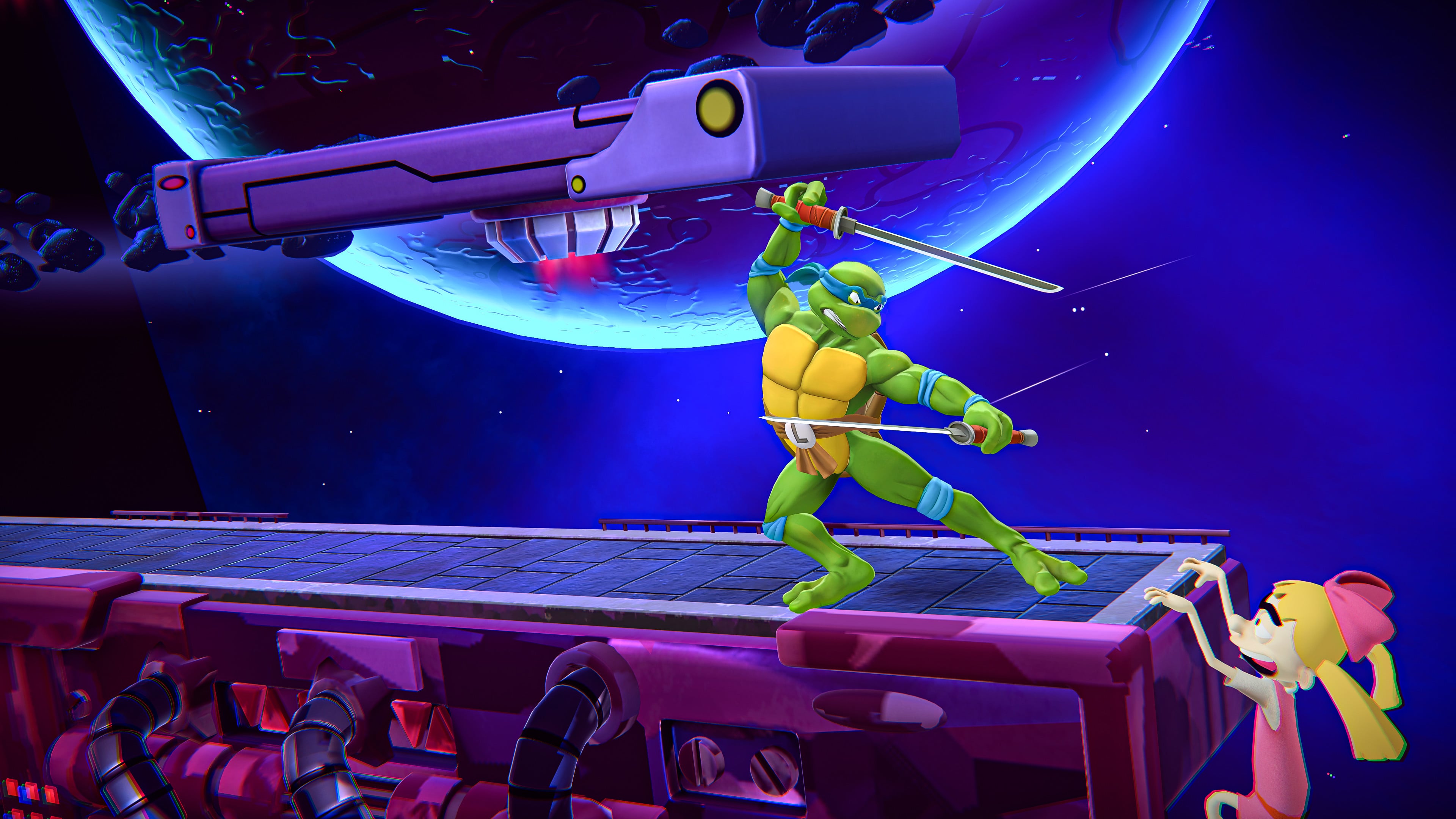
Verdict
Nickelodeon All-Star Brawl is a more than competent competitive platform fighter but is lacking some key elements. All-Star Brawl is great for a group of friends who enjoy competitive Smash and love Nickelodeon's cartoon characters. If you are looking for a solid single-player experience or a casual party fighter that you can play with your friends, All-Star Brawl might leave you wanting more.

